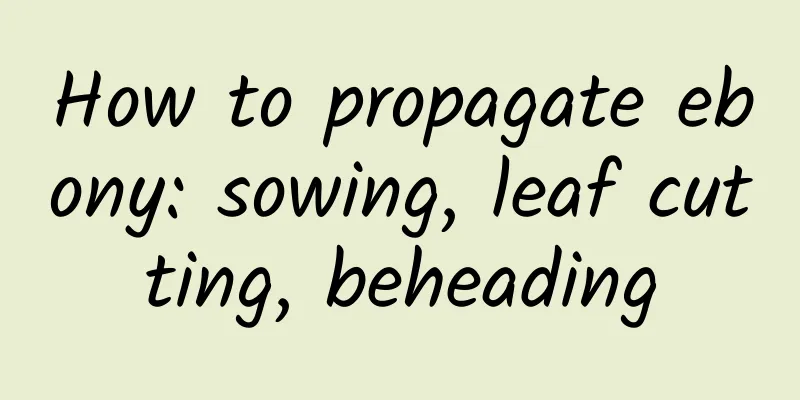Why do the leaves of creeper always point downwards? How does creeper climb?

1. Why do the leaves of creeper always point downwards?The leaves of the ivy are all pointing downwards, which is related to the direction in which the ivy climbs the wall. Because it climbs up step by step, and when it grows a foot, it holds on to the wall firmly, waiting to grow new tender leaves. Then it grew another leg and continued to climb up. Its foot is on the back of the petiole. As it climbs upwards, it will pull the entire stem upward, and the leaves will naturally point downward. Every time the ivy climbs up the wall, it will drive its stems and leaves to climb the vertical exterior wall. Over time, the tips of the leaves will point downwards due to the force of gravity. Observation reveals that the leaves of the ivy are not only all pointing downwards, but are also distributed very evenly, with each leaf hardly overlapping each other. This is actually a phenomenon called leaf mosaic. They will fill in as much space as possible to get more sunlight, and the leaves are distributed in a staggered manner to ensure that all leaves receive relatively even light. The inlaying effect of the leaves allows it to receive sunlight over a larger area, protect its roots and stems, reduce water loss, maintain the humidity of the wall to which it is attached, and create a good living environment suitable for its growth. 2. How does Parthenocissus climb?Ivy climbs up step by step, not one foot at a time. There are tendrils on its branches, and there are sticky suction cups on the top of the tendrils. These are its feet. Once it encounters an object, it will stick to it and not move. Every time it grows a leg, it climbs up a bit and then clings tightly to the wall without moving. Wait for new branches and new legs to grow out, and then the new legs will continue to climb up like a relay. And it also branches, so there may be many legs climbing up at the same time. |
<<: Sea buckthorn pictures, what does sea buckthorn look like
>>: What does jasmine look like and what does it represent?
Recommend
When is the best time to plant broccoli?
Broccoli, also known as green cauliflower, brocco...
What month is the best time to plant water spinach?
Water spinach is a vegetable that many people lik...
The difference between blue star flower and blue snow flower
1. Difference of blades The leaves of blue star f...
How to water Cymbidium orchids
Key points for watering Huilan Cymbidium is a pla...
Growth environment and characteristics of Bletilla striata
Bletilla striata growth environment conditions an...
Do potted tomatoes need to be topped?
Do potted tomatoes need to be topped? Depending o...
How to prune Impatiens
When to prune The branches of Impatiens are less ...
The efficacy and function of banana
Supplement nutrients Bananas have extremely high ...
Do miniature coconut trees prefer shade or sun?
Do miniature coconut trees prefer shade or sun? T...
How to graft passion fruit
1. Grafting method 1. Rootstock: Select disease-r...
How to care for cymbidium flowers during their blooming period? Can fertilizer be applied during flowering?
1. How to grow during the flowering period 1. Sui...
How to grow lucky grass
1. Maintenance methods 1. Temperature: According ...
Flowering period and management of rue
Flowering period of rue The colors of the rueba a...
What flowerpot looks good with bird of paradise
What flowerpot is suitable for bird of paradise B...
How to cultivate Jiulixiang water lily and what to pay attention to? How to grow it more vigorously
Osmanthus fragrans can be grown hydroponically, a...









